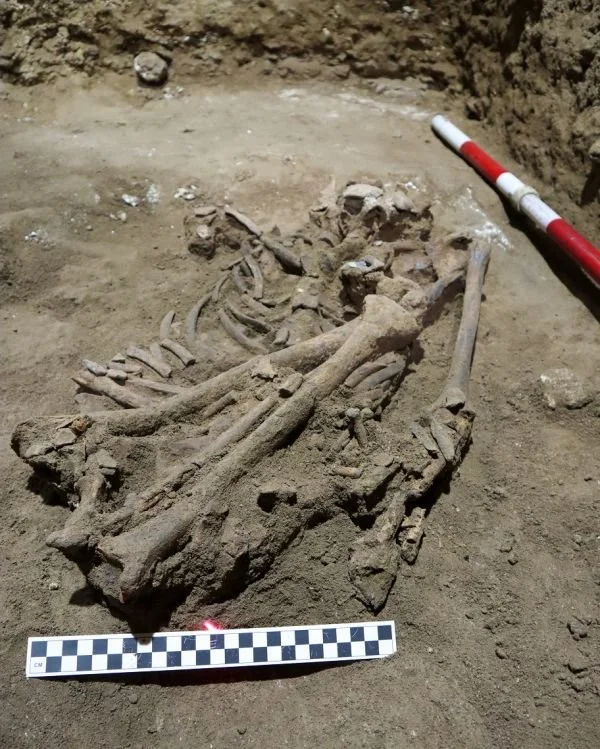The researchers said it was unclear how those who underwent amputees managed to control bleeding and avoid infection. The tibia and fibula of hunter-gatherers who do not yet have writing have marks of deliberate incisions that have since healed. The study, published today in the British journal Nature, argues that traumatic leg fractures, caused by accidents or animal attacks, can make bones worse.
The fossils belonged to a man who died at the age of about 20 and whose legs were amputated six to nine years before his death, the report said. “We don’t know his gender, but his height is between 168 and 176 centimeters, which is a tall order,” lead author Tim Maloney, an archaeologist at Griffith University in Australia, said in an email. Typical height for a prehistoric male.”
The remains appeared in a cave in eastern Kalimantan in 2020, with limestone covering the head, arms and land covering the body. He was buried face up and the body was placed from north to south. His skeleton is complete except for the lower third of his left leg. No other people’s fossils have been found in the cave.
Dating of sediments found near the top and bottom of the remains, as well as a tooth in the skeleton, suggested it was about 31,000 years old. The data calls into question the traditional view of placing the origins of medicine in the last 10,000 years.
The oldest evidence of surgery is the remains of a Neolithic man found in northern France who had his left arm amputated about 7,000 years ago, the report said.
Some forager groups in tropical Asia had acquired sophisticated medical knowledge and skills long before the transition to the Neolithic,” the researchers wrote in the report. “The surgeon who amputated this man’s left leg. , a detailed understanding of the anatomy of the limb, as well as the muscle and vascular system, is necessary to prevent fatal blood loss or infection. ”
Fossils of the tibia and fibula show no evidence of any serious infection following the amputation. The bones remodeled in the incision area, indicating that they healed postoperatively.
The researchers propose that hunter-gatherers in Kalimantan must have used plants with antiseptic and analgesic properties to prevent infection and relieve pain. This medical knowledge “may be passed on from generation to generation through a tradition of oral learning,” they wrote in the study.




GIPHY App Key not set. Please check settings